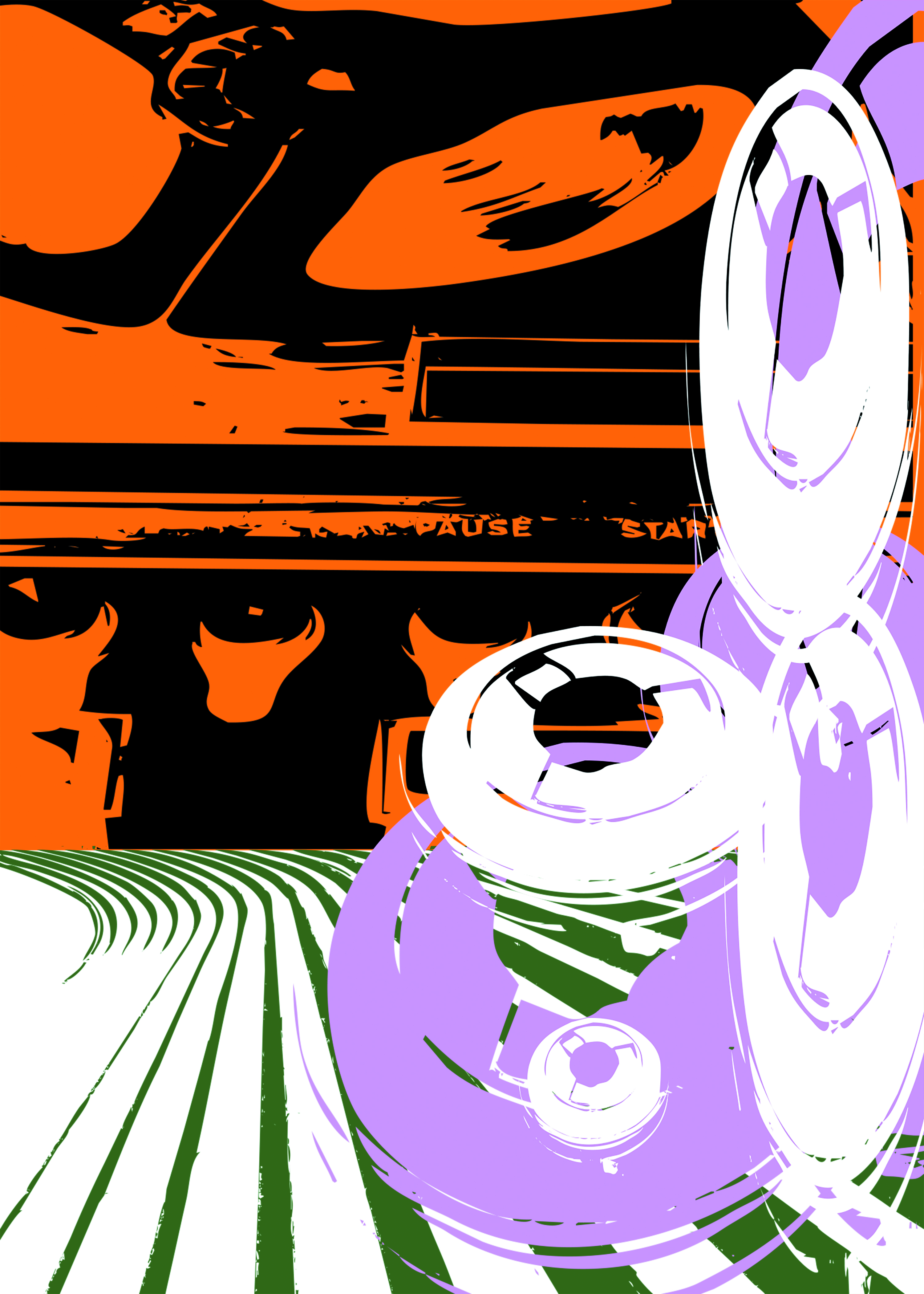I've been a fan of Soundtoys' Little Plate [Tape Op #123] since it came out years back, but in the back of my mind I aways wondered if "Little" meant a more complicated version was coming, in the vein of their Little MicroShift and its bigger sibling. Now SuperPlate is here, and it earns its title. If names such as EMT 140, EMT 240, Audicon, Stocktronics RX4000, and EcoPlate III seem similar to the names on this plug-in's faceplate, there's a reason. Five old school plate reverb types have been carefully modeled, but with a wide array of extra possible tweaks available.
In use, I find myself picking a general decay time and switching between the five plate styles. Hearing the changing tones and dwell characteristics gives me an idea of which plate to use. Then I'll click between the tube or solid-state re-creations of the amplifier circuitry, or switch to "clean" for no coloration – these choices are subtle, but real. I recommend listening to how they work in the actual mix. The four knobs for Pre-Delay, Modulation, and Low and High Filters are big and right up front, so sculpting the reverb tone is quick and easy. I started using it on an album of dreamy, spacey rock songs. Never once did I regret slapping SuperPlate right on a track or setting up a bus with it. Whereas I would pick Little Plate for its softer-toned dark reverbs, SuperPlate has a wide variety of reverb sounds and became versatile and useable on many different sources.
For some reason I didn’t notice the little Tweak button at the bottom until a few weeks had gone by. It opens up to an extra page with a grab-and-boost/cut Output EQ (connected to the "front panel" Low and High Filters) that can substantially change the sound of the reverb in your mix. There's also a Modulation speed control, and Soundtoys' cool Auto-Decay feature – this allows a Threshold to be set that when hit, the decay time will shorten in order to keep the mix (and plate sound) clearer instead of all mucked up. Width and Balance controls also live in the Tweak box land, and can be handy when needed.
The SuperPlate was easy to jump in and use on a real session with a deadline. The only feature I had to look up was the Auto-Decay, and now I'm noticing how cool that idea is in use. There are a lot of decent plate reverb plug-ins out there, but I have never seen five actual old-school units modeled like this before, and the variety of tones, decay, and character make using this plug-in a thrill.




_disp_horizontal_bw.jpg)